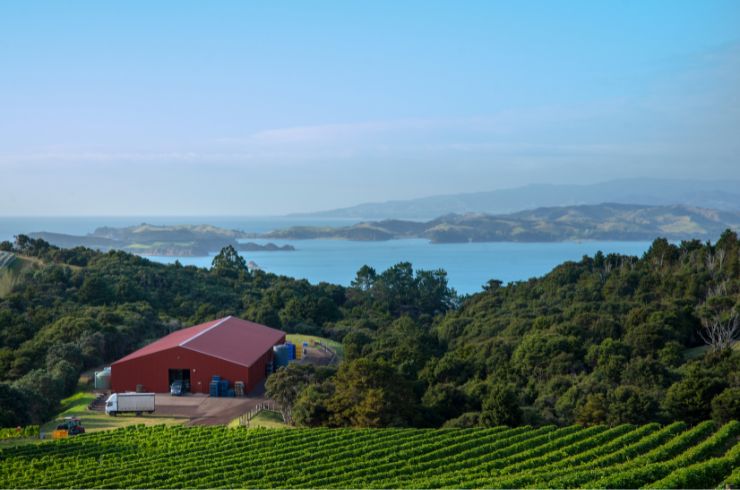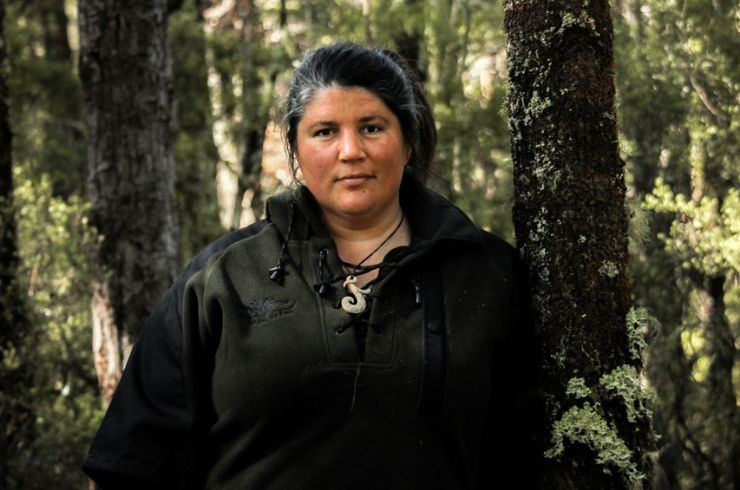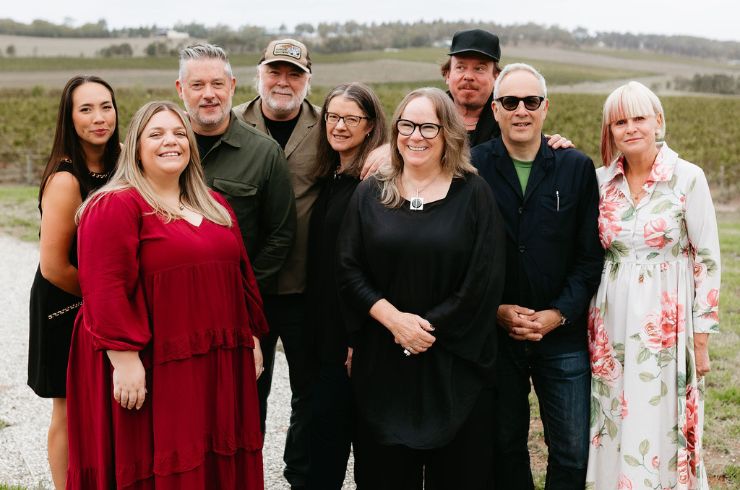
Virginia Willcock at Vasse Felix, Margaret River WA
Q. Why are Australian cabernet sauvignon wines worth considering?
A. The unique style of the Margaret River region, with its gravel loam soils and access to the beautiful sea breeze, ripens cabernet sauvignon steadily, creating wines with the finest ripe tannins, density and concentration of fruit, elegant fine fruit perfumes, and savoury nuances of the region’s forest and soils.
Q. How has your cabernet sauvignon evolved over the years?
A. Our cabernet sauvignon has benefited from our move to using only traditional and organic viticulture practices, as well the use of uncrushed whole berries, and wild fermentation only. The key focus for this approach is the pure site expression of our vineyards and the yeast they carry, along with elegant fruit flavour and tannin extraction.

Tim Heath at Katnook Estate, Coonawarra SA
Q: Is there a cabernet sauvignon region that especially inspires your styles?
A. Bordeaux is the region that inspires me. Its wines are made with a fanatical approach to detail, in both the vineyard and winery, that is hard to ignore.
Q: Why are Australian cabernet sauvignon wines worth considering?
A: Australian cabernet sauvignon wines have amazing stylistic diversity. There are medium-bodied through to full-bodied styles, cooler-climate versus warmer-climate, young and fresh versus older more mature, and more. They are all worth exploring.

Sarah Crowe at Yarra Yering, Yarra Valley VIC
Q: Tell us about your approach to cabernet sauvignon.
A. The vineyard plays a pivotal role in making classic cabernet sauvignon. Tannin ripeness is important to me, where grape yield and canopy management all play an important role. If we get things right in the vineyard, a beautiful and cellarworthy wine will follow. I don’t work the wines too much, preferring an elegant style expressive of our climate, with a medium-bodied fruit profile, with many fine tannins.
Q: What foods pair best with your cabernet sauvignon?
A. The tannins in cabernet sauvignon make it a good match with red meats, from easy barbecued lamb, to slow-cooked osso bucco. A great vegetarian option is eggplant dishes, such as a lentil moussaka. If it’s a young cabernet, I’ll splash it into a decanter first to help open it up before enjoying.

Clive Otto at Fraser Gallop Estate, Margaret River WA
Q: Tell us about your approach to cabernet sauvignon.
A. Our approach is to make an elegant yet layered and complex wine, from a single-vineyard site, by utilising several winemaking techniques. These include cold soak, whole-berry fermentation, barrel fermentation, long-skin maceration, open ferments with plunging, closed fermentation with pump over and plunging, and the injection of oxygen during fermentation.
Q. Is there a cabernet sauvignon region that especially inspires your styles?
A. The region of Bordeaux is the place I look to get inspiration for the greatest examples of cabernet sauvignon in the world. The power and complexity of these wines without compromising body, flavour and length is what inspires me.

Robert Heywood at Taltarni, Pyrenees VIC
Q: Is there a cabernet sauvignon region that especially inspires your styles?
A. I really like the wines of the Medoc; these wines are seamless with lovely varietal tendencies, but most importantly, they show the vineyard and terroir of the fruit. Winemaking to me is more about showing the strengths of the site through the variety, rather than trying to reproduce a style.
Q. Tell us about your approach to cabernet sauvignon.
A. I’m looking to produce a wine that has depth of palate and plush fruit characteristics, along with great ageing potential. Correct harvest timing, combined with slow and soft extraction throughout fermentation, and good oak integration, are key.
Find everything you need to know about cabernet sauvignon in our essential guide.
This article was produced in partnership with Taltarni, Fraser Gallop Estate, Yarra Yering, Katnook Estate, and Vasse Felix.
Latest Articles
-
From the tasting team
From Marlborough to Martinborough: a quick guide to New Zealand wine
1 day ago -
News
The heart of Aotearoa: How a connection to Māori culture and land shapes New Zealand wine
1 day ago -
Win
Win a stunning collection of Plumm glassware and wine, valued at over $500
11 Dec 2025 -
From the tasting team
The Aussie wines the Halliday Tasting Team will be opening this festive season
11 Dec 2025





